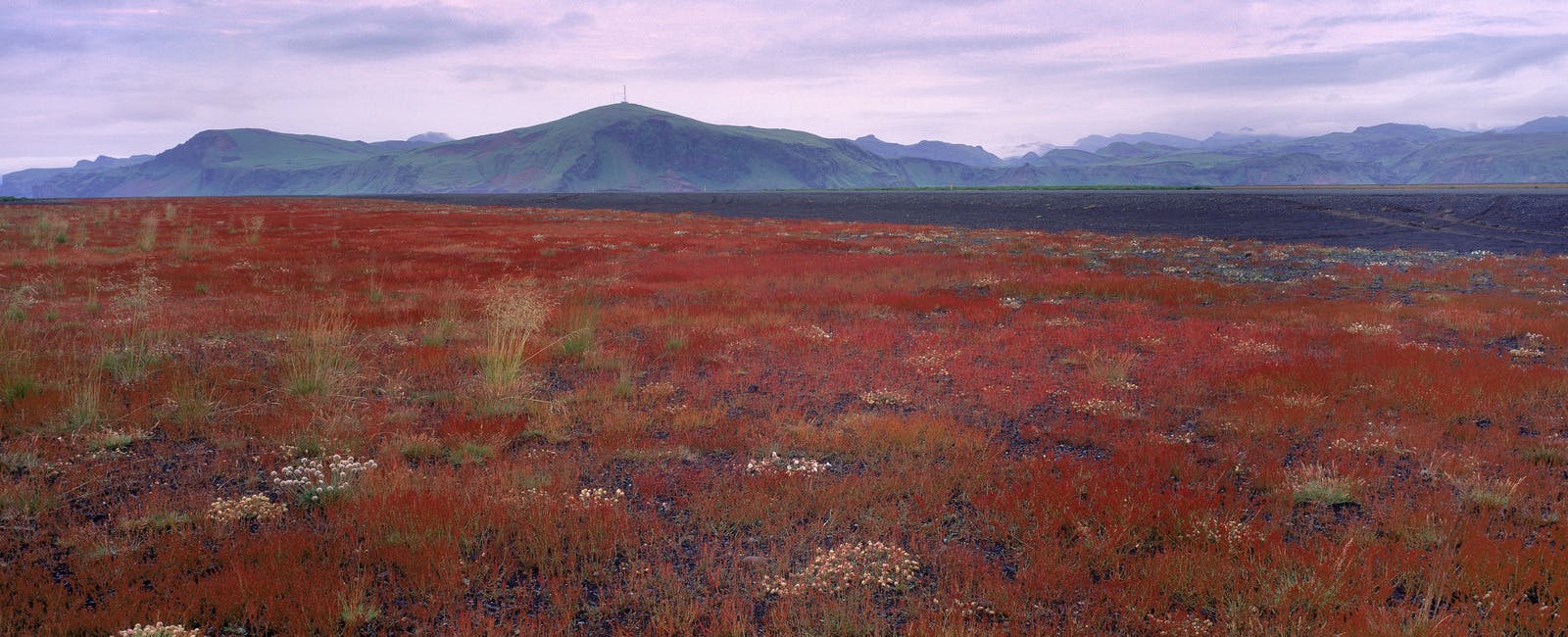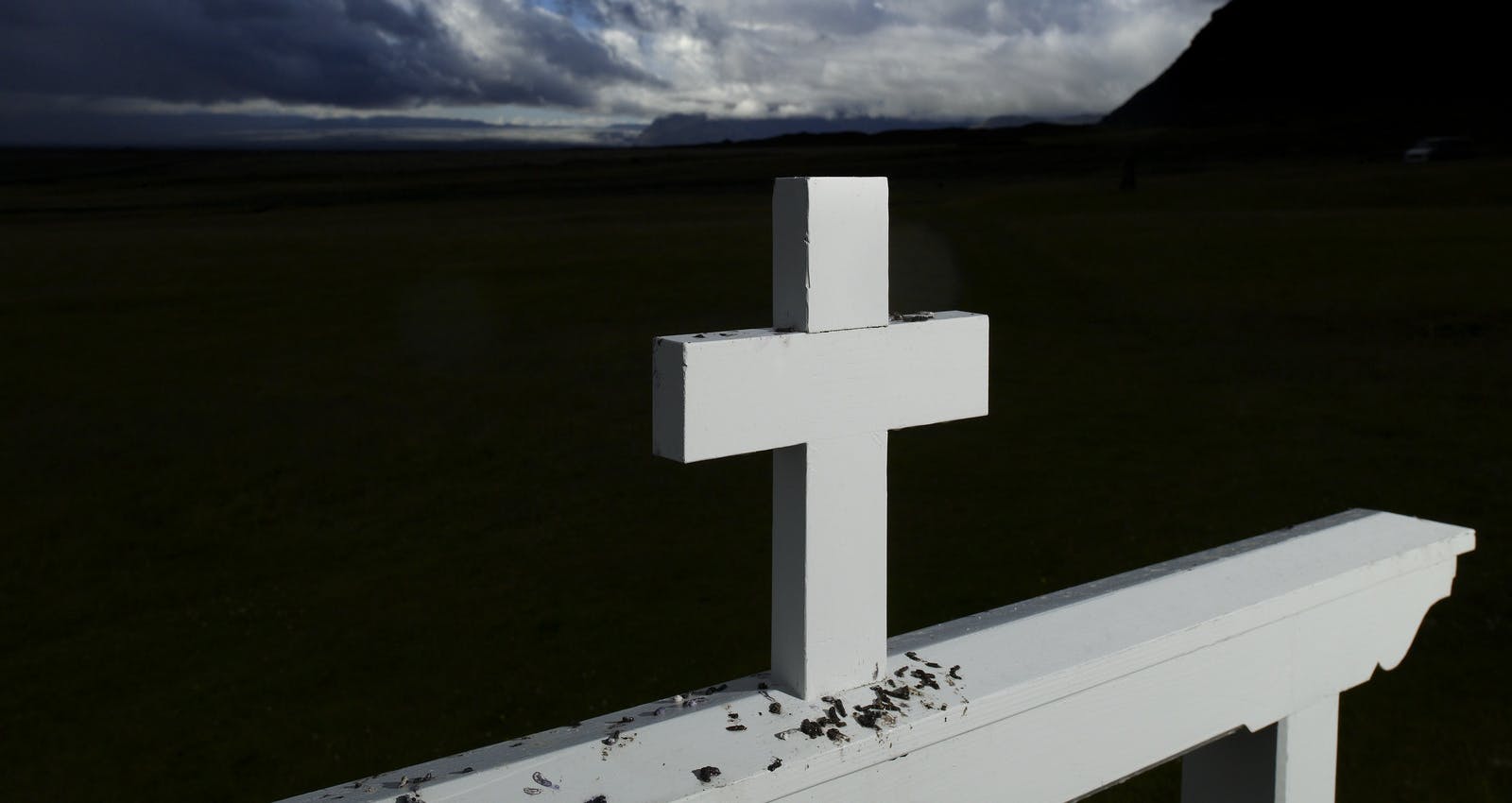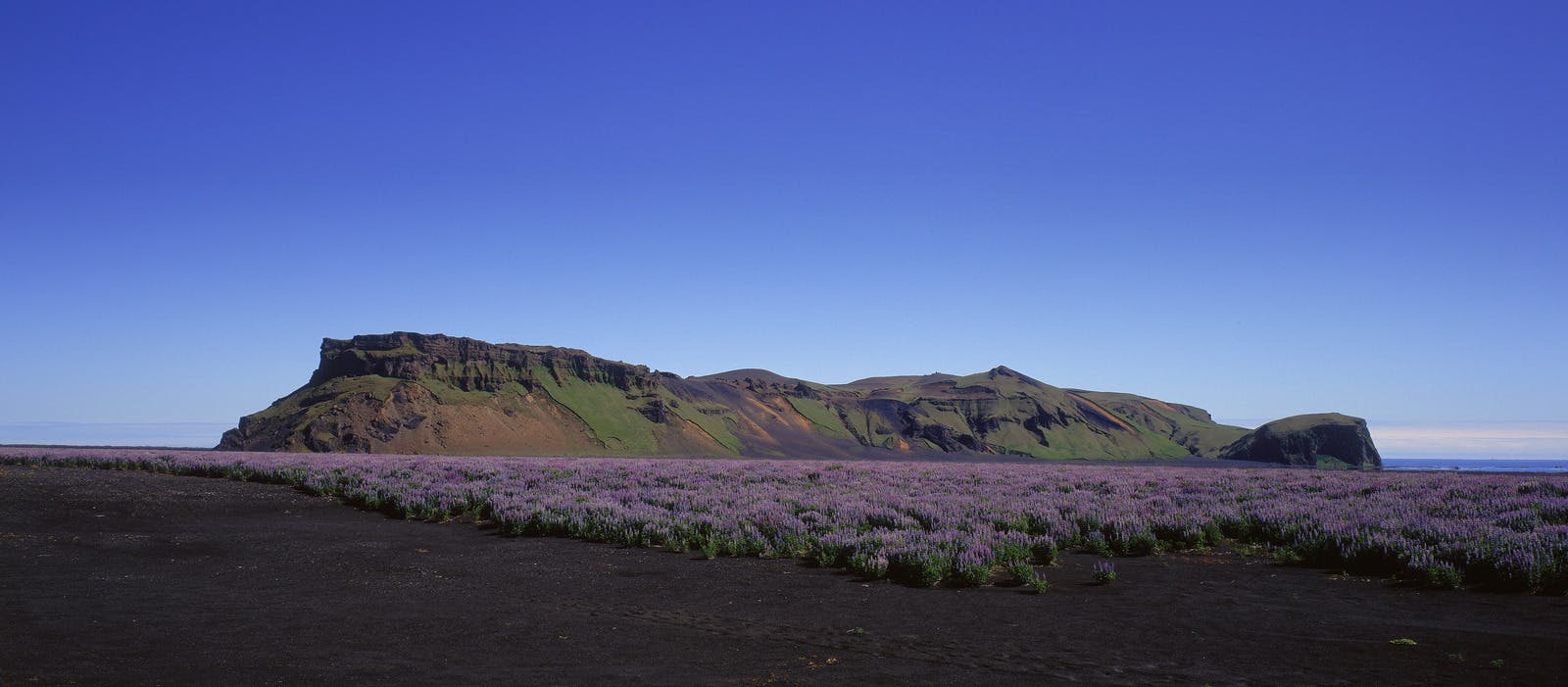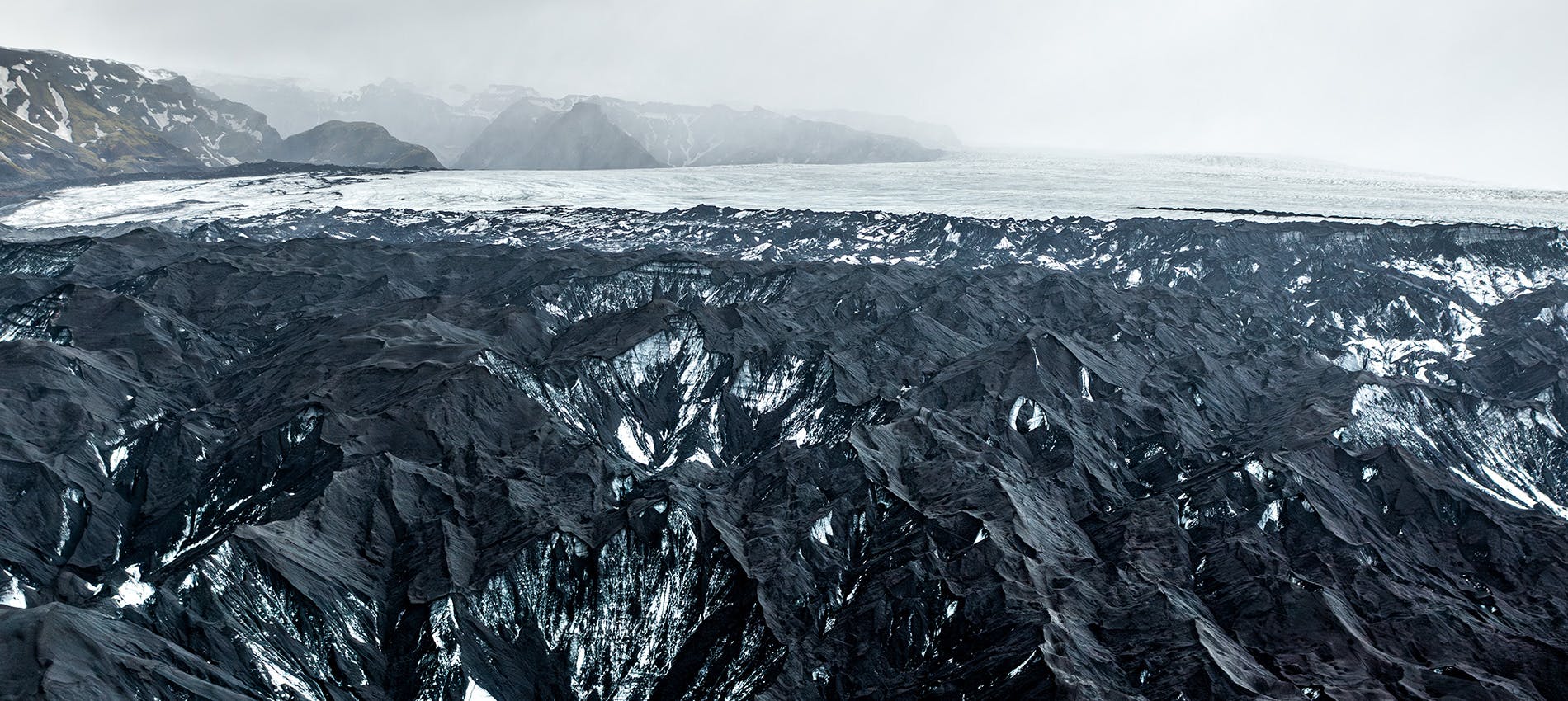
The Mysterious Katla Volcano Mythology and Folklore
In the past, volcanoes were hotbeds for supposition and speculation. The reasons for eruptions were unknown, and in their fear, people crafted their own narratives. Myths and tales frequently emerge when phenomena defy understanding.
In Iceland, you'll hear of Katla folklore and mythology, so let's take a closer look at a couple of the stories associated with this once mysterious and menacing place. However, when in Iceland, a visit to Perlan offers insight into the scientific explanations behind Katla and Iceland's other volcanoes, allaying any lingering fears.
The Background of Katla Volcano

Katla volcano, situated not far away from the village of Vík í Mýrdal and at the southern most cape of Iceland's Eastern Volcanic Zone, stands as one of the largest and most active in Iceland. Since the country's settlement in the 9th century, Katla has erupted over 20 times. Moreover, history has recorded frequent jökulhlaups (glacier outburst floods) resulting from subglacial eruptions melting the overhead ice.
In addition to its volcanic activity, Katla is renowned for the Katla Ice Cave, a natural ice formation within the Kötlujökull glacier. This cave, accessible year-round, showcases striking blue and black ice layers formed by centuries of volcanic ash and ice interactions. Fansinating enough, the Reykjavík ice cave at Perlan is the first of its kind in the world. It is 100 meters, and made from over 350 tons of snow from Icelandic mountains.
While recent minor yet significant activities were observed in 1955, 1999, and 2011, Katla's most recent significant eruption was in 1918. This 24-day explosive event scattered ash and cinder across the landscape and gave birth to a destructive flood (jökulhlaup). Although no human lives were lost, the eruption decimated livestock and dealt a severe blow to the local economy.
Understanding volcanoes
At the time of the 1918 eruption, our understanding of volcanic processes was not what it is today. The scientific breakthrough that explained plate tectonics came only in 1912 when Alfred Wegener published his theory of continental drift. Even then, few believed his wacky suggestions.
It would be many decades before our understanding of why earthquakes and volcanoes happen would incorporate his findings. It's no surprise, therefore, that something had to fill the gap in people's knowledge as they sought to explain the unexplainable. Katla volcano folklore and mythology were the result.
The Best-Known Katla Volcano Folklore Tale

According to Katla volcano folklore, a witch turned the mountain into a volcano. To learn more about her, we must travel back to the 12th century and the founding of Þykkvabæjarklaustur Monastery. One of the abbots employed a housekeeper, though why he hung onto her was a mystery: she was a bad-tempered old hag.
Rumour had it that this woman, who went by the name of Katla, owned a pair of magic breeches. Whoever put them on would be able to run as fast as the wind and never get tired. Once, a local shepherd called Barði lost all his sheep. He borrowed Katla's breeches to race around and round up all the missing animals.
Katla learned about the theft and flew into a rage. She drowned poor Barði in a vat of whey and left him there. People kept on drinking the whey when thirsty without knowing about Barði. Katla knew that Barði's body would soon be revealed. Before that happened, Katla fled and threw herself into a wide crack in the ice of Mýrdalsjökull glacier. A terrible flood occurred not long after caused by this fiery witch who lived under the glacier, destroying farms and threatening the Þykkvabær monastery itself. Since then, Katla has erupted regularly.
More Katla Volcano Mythology

Another tale involving Katla dates from the 17th century and deals with the maid of Hjörleifshöfði. During the violent eruption of Katla in September 1625, the local farms were abandoned, all but Hjörleifshöfði. A year later, a young girl was living on this farm. She became pregnant; because she was unmarried, she was ashamed of her condition.
After she gave birth, she abandoned the child out in the open. Remorse overwhelmed the maid, and she later returned to search for her baby. She found it and took it home. But those around her warned her that the child was perhaps not who she thought it was.
Members of Iceland's huldufólk community, they said, steal children and replace them with near identical versions called changelings. Sometimes, they can be evil beings, capable of kidnap or worse. So the story goes, when the maid's 'son' was 13 years old, he killed his mother while she slept and disappeared, never to be seen again.
Our Enduring Fascination with Folklore and Mythology

Yet, even today, more than a century on from Wegener's groundbreaking research, we still enjoy listening to stories and tales associated with Icelandic volcanoes. If you want proof, you only have to check television viewing figures. The popular Netflix show Katla premiered in 2021 to popular and critical acclaim.
The story centres on Vík í Mýrdal. A year on from a massive eruption, almost everyone in the village has moved on. The few who remain are startled by the appearance of a woman caked from head to toe in ash emerging from the direction of the volcano. More follow, bringing the legend of Katla's 'changelings' to the forefront of people's memories.
While we are entertained by mysterious dramas such as this, there's no substitute for the awe and wonder inspired by the science behind eruptions. One of the best places to learn about Iceland's volcanoes is at Perlan, where its comprehensive Forces of Nature exhibit will give you all the answers you need.







